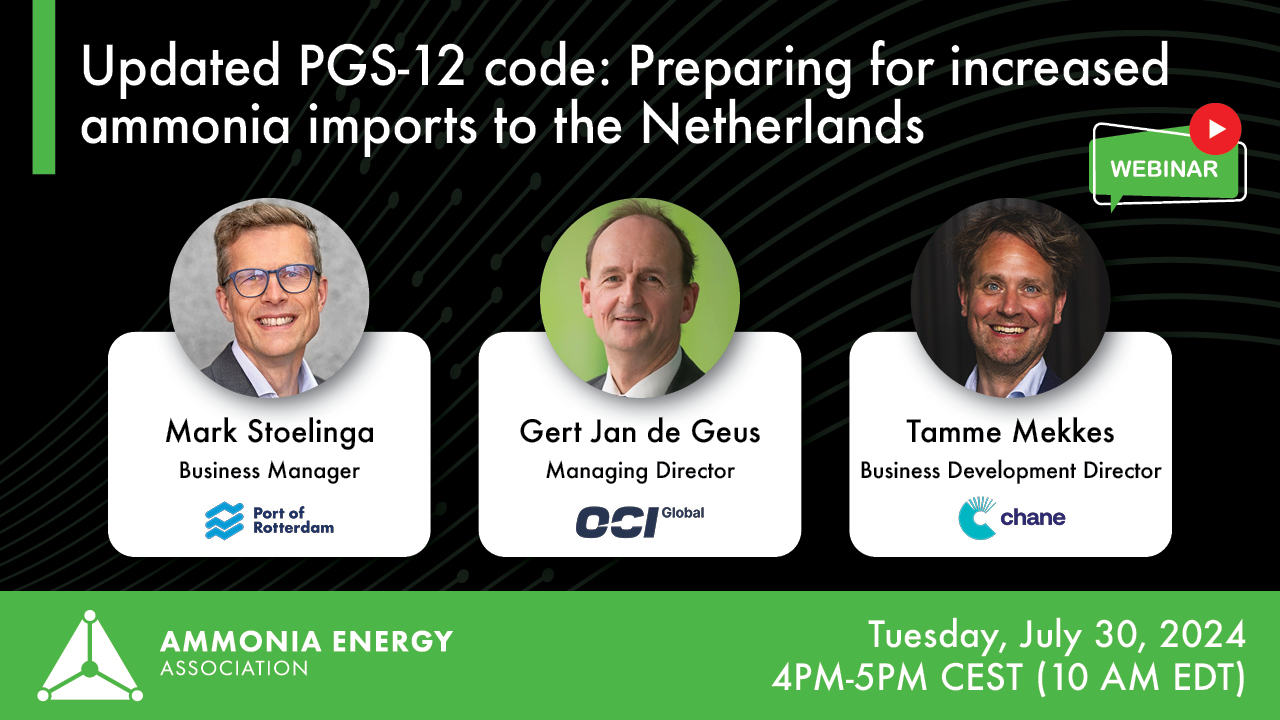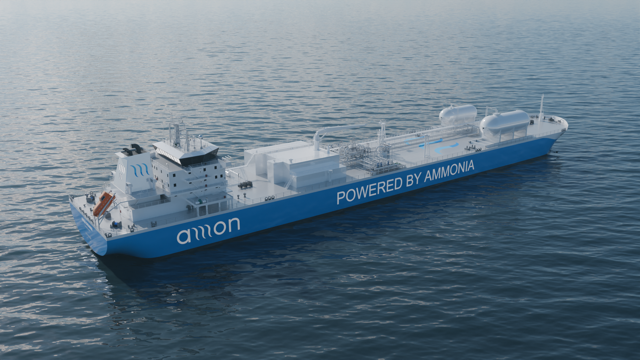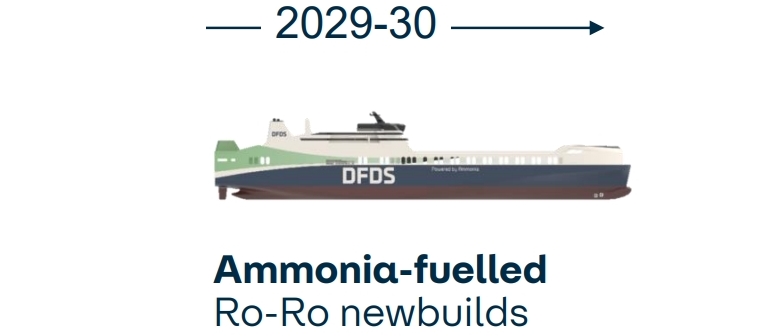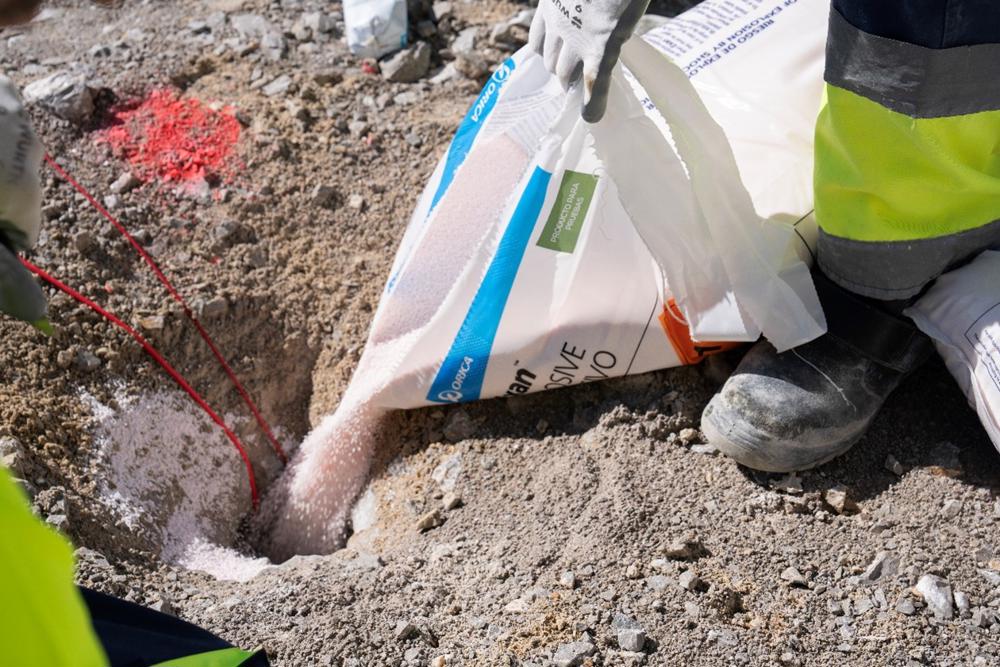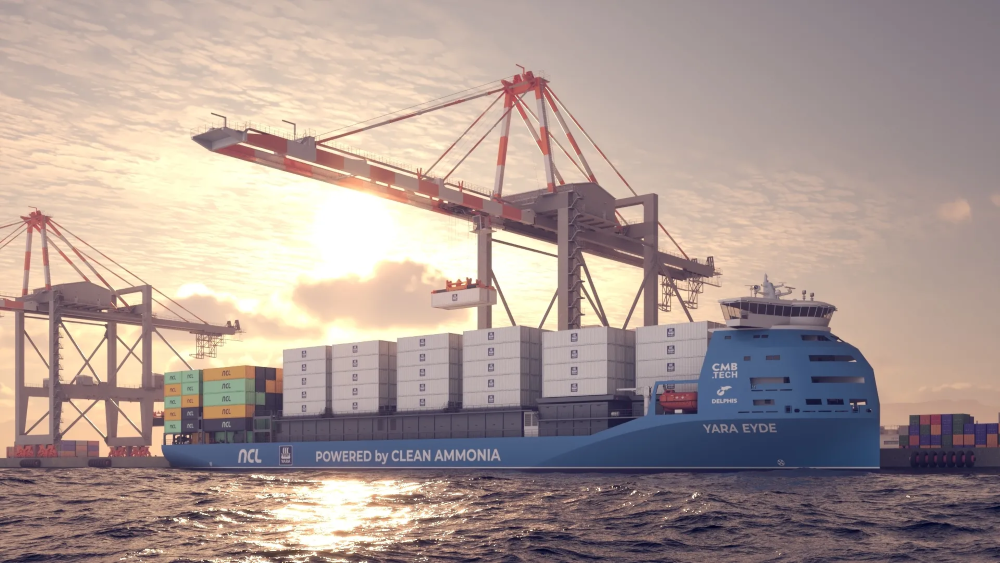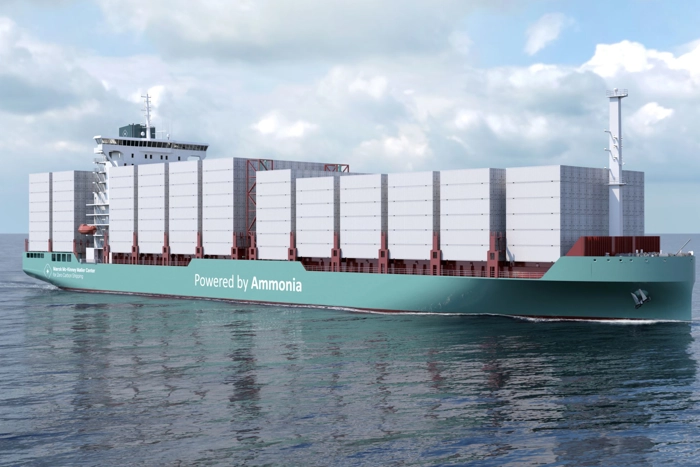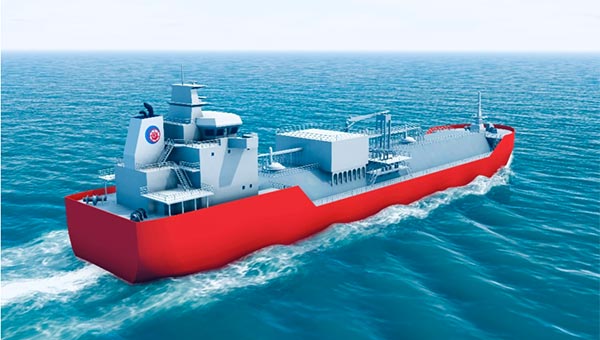Ammonia marine fuel supply systems: Wärtsilä and Amogy
Wärtsilä Gas Solutions will now provide the ammonia fuel supply and cargo handling systems for all six of EXMAR’s dual-fuel vessels being built in South Korea. Meanwhile, Amogy and Mitsubishi have completed concept designs for two onboard systems: a powertrain combining ammonia cracking and hydrogen fuel cell for ships, and a hydrogen supply facility to provide hydrogen as pilot fuel to an ammonia-fueled engine.


